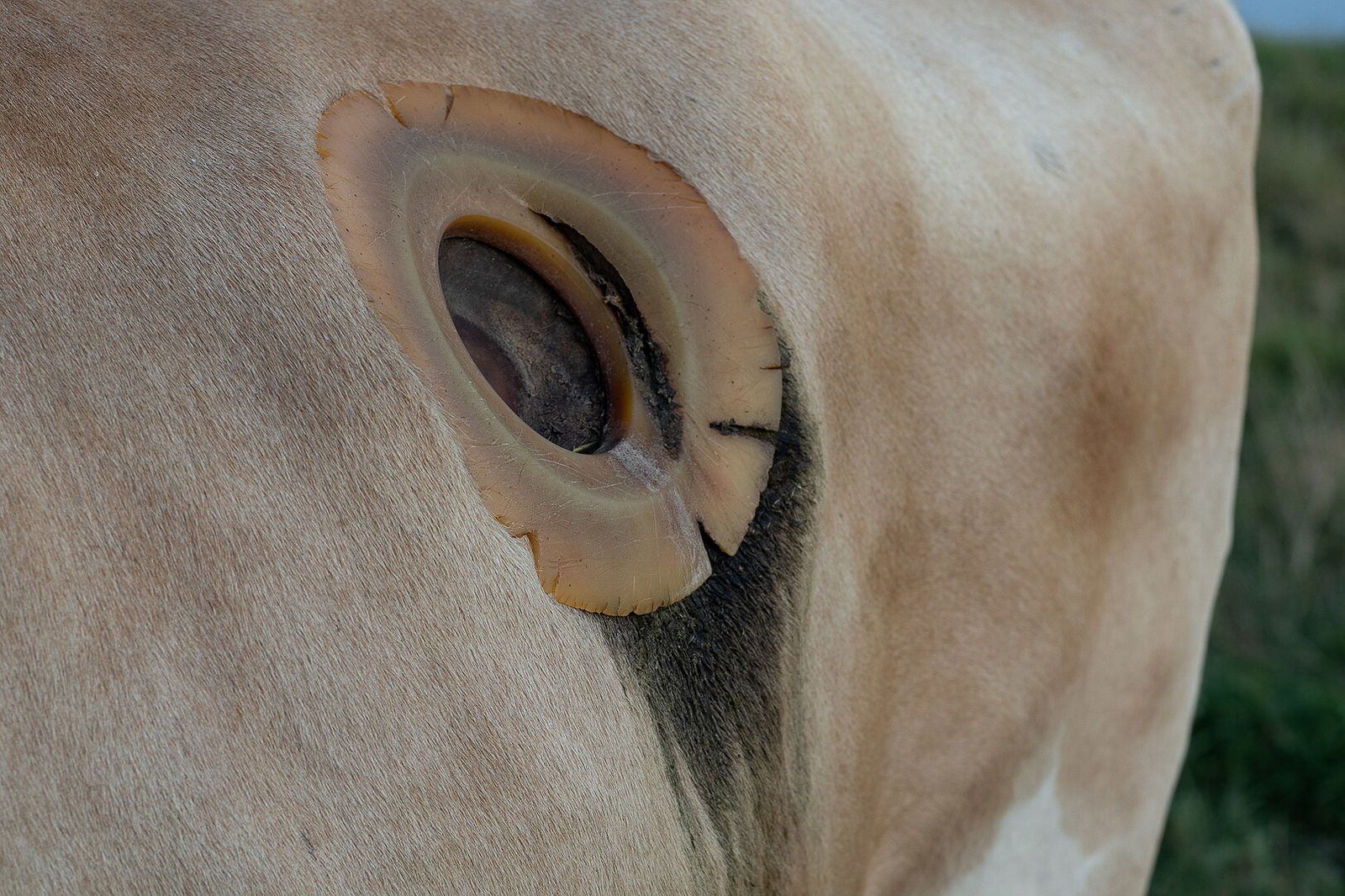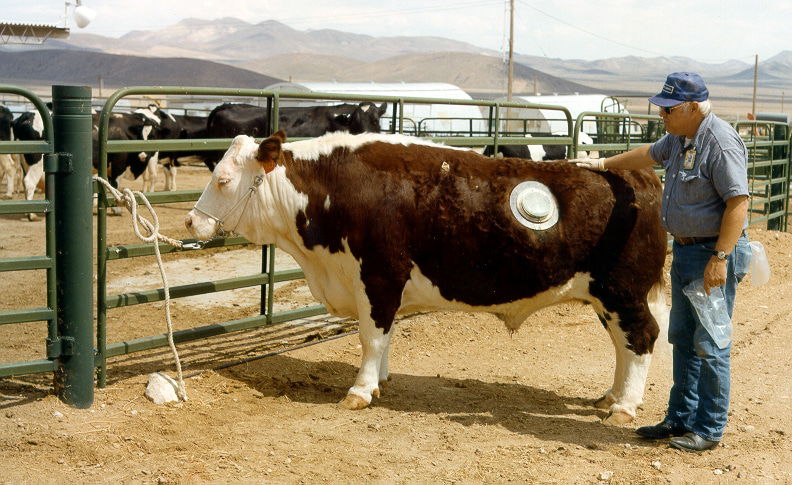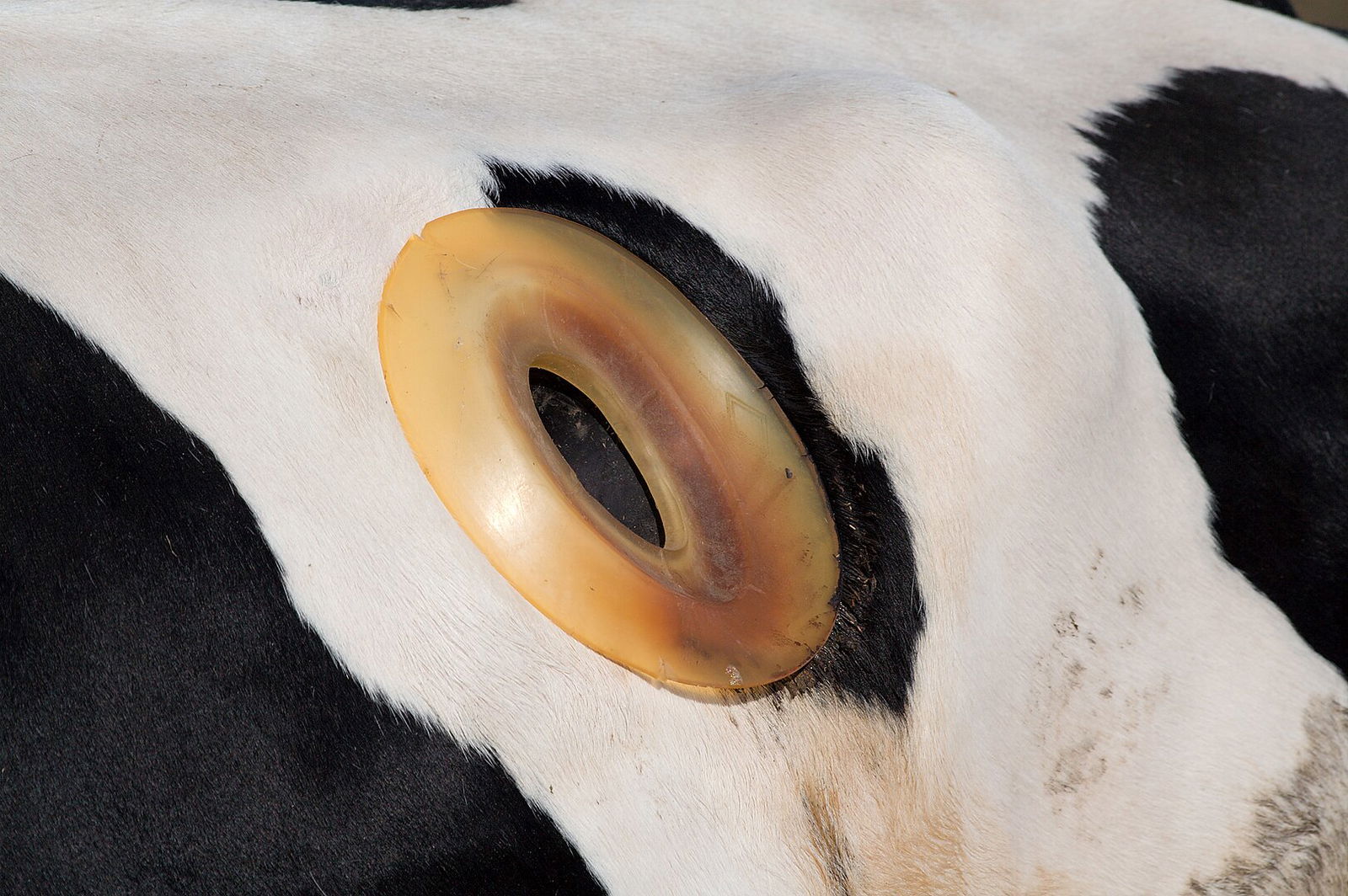Farmers and scientists have long used portholes on cows, a controversial practice that allows direct access to the animal’s stomach. This method aids in research on digestion, feed efficiency, and environmental sustainability but raises ethical concerns.

Cow portholes, also called cannulas or fistulas, are surgically created openings that provide access to a cow’s rumen, one of its four stomachs. This procedure has been employed since the 1920s, initially to study digestive processes. By inserting a porthole, researchers can gather stomach content samples without repeatedly sedating the cow.

First used in the 1920s, fistulation offers a way for researchers to monitor digestion closely, a process that helps in optimizing animal diets. This practice allows scientists to improve feeding methods, which in turn can enhance milk production and reduce harmful emissions like methane.
While the procedure may seem invasive, researchers claim that cows with portholes can live longer and healthier lives. These animals reportedly recover in about six weeks after surgery and can live for up to 15 years. However, the surgery does involve discomfort and risks.

The focus of this practice is maximizing productivity while addressing environmental issues. Researchers study cow digestion to create more efficient diets that boost milk production and reduce greenhouse gas emissions, contributing to sustainable agriculture.
Despite its benefits, this method faces significant backlash, especially from animal rights groups who find it invasive and unethical. In some places, activists have campaigned against its continued use, labeling it as exploitation.

The practice of using portholes remains a subject of ongoing debate. As more alternatives are developed, the use of live cows for this research may become less common, but for now, the controversy continues.
